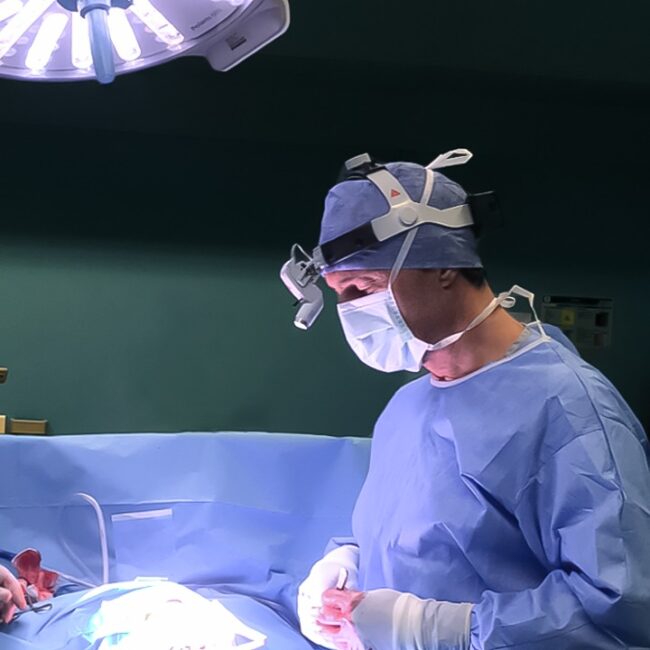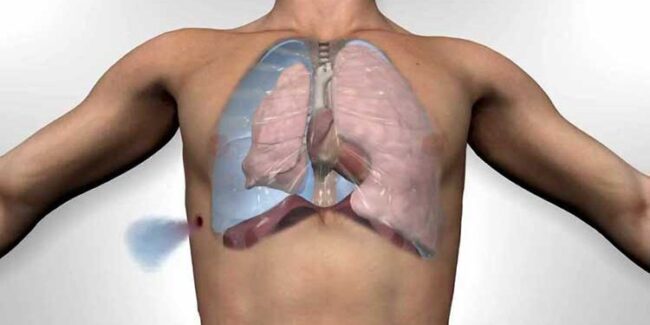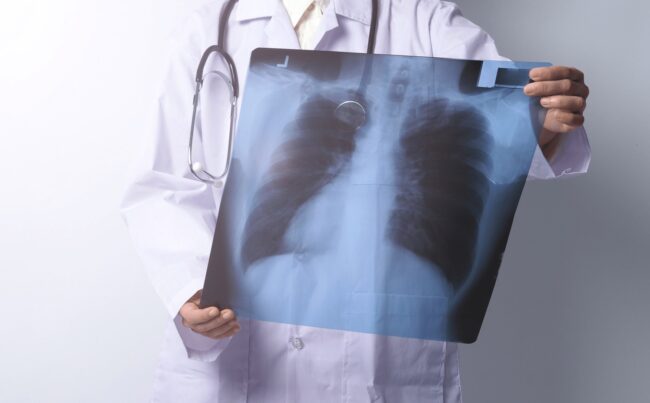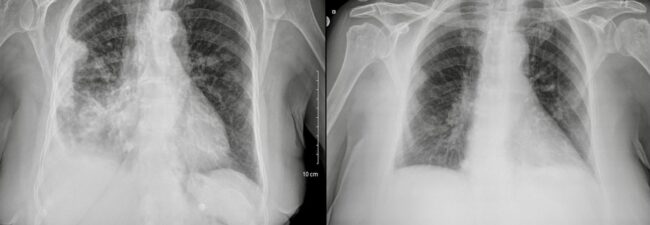Diagnostic Procedures – Esophagoscopy
Surgeons dealing with esophageal disease should be competent in using both the rigid and the fiberoptic esophagoscope. An esophagoscopy is a procedure that allows your doctor to examine the inside of your esophagus using a long thin instrument called an endoscope. The endoscope contains a light and a camera that transmits pictures of the inside of your…








